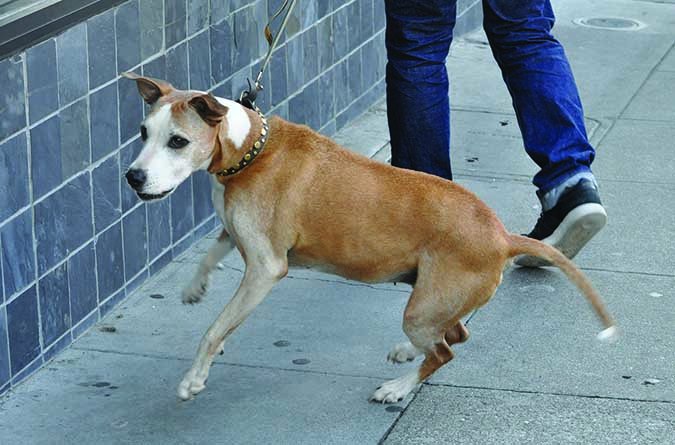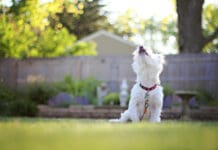Excerpted from an article by Pat Miller, CBCC-KA, CPDT-KA
What many people don’t realize is that aggression is caused by stress. The stressor may be related to pain, fear, intrusion, threats to resources, past association, or anticipation of any of these things. An assertive, aggressive dog attacks because he’s stressed by the intrusion of another dog or human into his territory. A fearful dog bites because he’s stressed by the approach of a human. An injured dog lacerates the hand of his rescuer because he’s stressed by pain.
When you punish a growl or other early warning signs, you may succeed in suppressing the growl, snarl, snap, or other warning behavior – but you don’t take away the stress that caused the growl in the first place. In fact, you increase the stress, because now you, the dog’s owner, have become unpredictable and violent as well.
Worst of all, and most significantly, if you succeed in suppressing the warning signs, you end up with a dog who bites without warning. He has learned that it’s not safe to warn, so he doesn’t.
If a dog is frightened of children, he may growl when a child approaches. You, conscientious and responsible owner, are well aware of the stigma – and fate – of dogs who bite children, so you punish your dog with a yank on the leash and a loud “No! Bad dog!” Every time your dog growls at a child you do this, and quickly your dog’s fear of children is confirmed – children do make bad things happen!
He likes children even less, but he learns not to growl at them to avoid making you turn mean. You think he’s learned that it’s not okay to be aggressive to children, because the next time one passes by, there’s no growl. “Phew,” you think to yourself. “We dodged that bullet!”
Convinced that your dog now accepts children because he no longer growls at them, the next time one approaches and asks if he can pat your dog, you say yes. In fact, your dog has simply learned not to growl, but children still make him very uncomfortable. Your dog is now super-stressed, trying to control his growl as the child gets nearer and nearer so you don’t lose control and punish him, but when the scary child reaches out for him he can’t hold back any longer – he lunges forward and snaps at the child’s face.
Fortunately, you’re able to restrain him with the leash so he doesn’t connect. You, the dog, and the child are all quite shaken by the incident.
It’s time to change your thinking.
For more details and advice on how to properly deal with your dog’s growling, download Whole Dog Journal’s ebook Growling.





